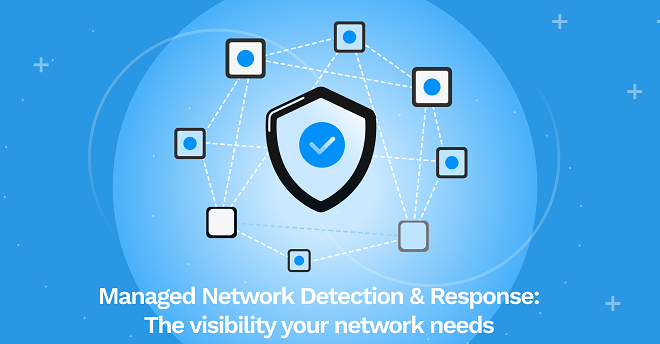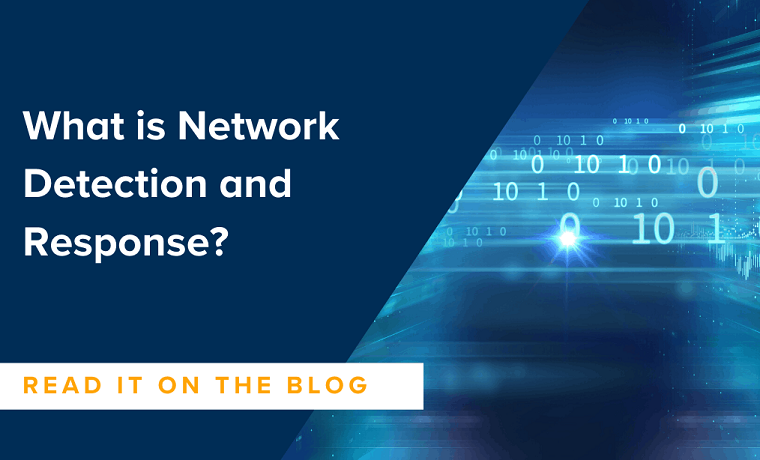Operating a business network requires having a robust security system in place. If a cyber threat infiltrates your network, it can spread to any device connected to your network. More likely, it may even cost you an excessive amount of time and money to have cybersecurity specialists flush it out of your network and fix the affected devices. To avoid all that hassle so you can work safely and securely, you can benefit from a network and detection response platform. Before we get into the thing, let’s first define network detection and response.
What is Network Detection and Response?
Network detection and response (NDR) is a cybersecurity solution that detects and prevents malicious network activity, investigates the root cause, and responds to it to mitigate the threat. NDR solutions can help protect against non-malware threats, including insider attacks, data exfiltration, and credential abuse. Additionally, having an NDR solution lets you see what devices and users are connected to the network and the activity occurring in real-time. This helps cybersecurity teams identify the suspicious activity immediately and stop it before it spreads, thus lessening its impact.
Evolution of Threat Detection
NDR came from the need to protect against cybersecurity threats that continually evolve. While network anomalies were pretty harmless before the Internet, they started to become very damaging by the 1990s when more businesses started to use web servers and more vulnerable malware programs.
Malware in the early days usually involved having to download a malicious executable or gain access through a Trojan virus that made them easy to detect and prevent. Organizations would use a traditional intrusion detection system or IDS to identify these anomalies and remove them in real-time. It does this by building signatures to identify byte sequences from the malware. However, it has its problems.
Firstly, the IDS can’t detect every malware that infiltrates the network. They’re primarily focused on north-south traffic and recognizing threats at the perimeter. Most of the time, they also lack visibility into the internal traffic, so if one manages to slip past, then the IDS can’t detect them anymore. And because IDS bases its detection on its database of signatures of recognized threats, it also can’t see new or evolving anomalies and the ever-growing database proved challenging to update. Furthermore, the system can’t make automated responses. It would require a human administrator, i.e. a cybersecurity personnel, to do that or have a partner platform such as an intrusion prevention system to take action. Lastly, the system can tag many false positives in which the IDS would identify legit software as malware.
This made it very easy for attackers to circumvent the IDS controls by using non-malware techniques to pass off as legitimate traffic, take advantage of system tools and other undetectable methods. The anomaly detection of IDS was not enough to counter them. An upgraded system like a modern network detection and response system, complete with network processing data, analytics and security research capabilities, is required to stop the evolving threats.

How NDR works in threat detection and response
Detection of Malicious Activity
Since traditional detection protocols often overlook file-less malware, the threat is usually disguised within business-justified credentials and applications. In these cases, the attacker uses non-malicious tools already existing in the environment to hide the anomaly in plain sight.
But network and detection response solutions use machine learning and behavioral analytics to automate complicated hunting tasks for these situations. NDR can detect the use of SMB control commands, identify devices similar to those targeted by the attacker, and uncover which systems are being accessed more than usual by the user account.
Rapid Response
A network and detection response system provides a rapid response to the spread of malicious content, like when a user unknowingly clicks on a link in a phishing email. A phishing attack can damage a whole organization even if only one user falls for it.
To prevent it, NDR launches an attack campaign analysis. It identifies other affected devices attached to the user’s email address and other users that may also have been affected, uncovers other lures used by the same attacker, and then implements real-time monitoring for users and devices.
Exhaustive Network Intelligence
Even tiny malicious hardware implanted into a network jack, for example, can do so much to damage an organization’s network once it’s infiltrated into the network traffic and starts to sneakily extract all the sensitive data and information within that internal network. Because that implant is not part of the organization’s infrastructure, endpoint security or log-based solutions can’t provide any visibility on that attack.
However, NDR powered by machine learning and artificial intelligence can detect such implants and stop them immediately. It can even highlight the suspicious device and its traffic patterns to provide a timeline of its infiltration.
Sangfor’s Intelligent Threat Detection and Response Solution
Sangfor recognizes the need for an artificially intelligent network detection and response system to counter the ever-growing list of cyber threats and anomalies. That’s why the Sangfor team has developed the Sangfor Cyber Command.
It features a sophisticated detection capability thanks to the broad range of network data it collects from network traffic and gateway logs and EDRs, decodes it, and applies AI analysis to uncover suspicious behavior. Furthermore, the Cyber Command Response Center provides a broad range of attack investigation experience. Combined with Sangfor Endpoint Secure and NGAF, Cyber Command delivers mitigation in a timely and efficient manner for maximum security and protection of your network.
Attain the best protection for your organization with Sangfor with Cyber Command now!

